The Top 40 Black Gate Posts in September
 They told us you can’t fill up the Internet, but in September, we thought we’d give it a shot. And so Scott Taylor wrote about his lifetime love of giant robots, Mark Rigney examined the genre ghetto, and Bradley Beaulieu told us about his surprise date with Amber Benson, Mary Robinette Kowal, Pat Rothfuss, and Terry Brooks.
They told us you can’t fill up the Internet, but in September, we thought we’d give it a shot. And so Scott Taylor wrote about his lifetime love of giant robots, Mark Rigney examined the genre ghetto, and Bradley Beaulieu told us about his surprise date with Amber Benson, Mary Robinette Kowal, Pat Rothfuss, and Terry Brooks.
Howard Andrew Jones commented on the World Science Fiction convention and Death and the Book Deal, Sarah Avery told us how to use our proud geek heritage to survive The Scarlet Letter, and Jason Thummel invited you to Self-Publishing 101. And that’s just the top seven articles.
Here the complete list of the Top 40 September blog entries at Black Gate according to you, our readers.
- Art of the Genre: The art of Robotech and a lifelong affair with Giant Robots
- Genre 2012: The Ghetto Remains the Same
- My surprise date with Amber Benson, Mary Robinette Kowal, Pat Rothfuss, and Terry Brooks
- Worldcon Wrap-up
- Teaching and fantasy literature: How to use your Proud Geek Heritage to Survive the Scarlet Letter
- Death and the book deal
- Self-publishing 101
- Boxed set of the year: American Science Fiction: Nine Classic Novels of the 1950s
- Dredd Movie Review
- John Myers Myers Silverlock and the Commonwealth of Letters
- Teaching and Fantasy Literature: Meeting them Halfway
- Dave Sim Announces He’s Ending Glamourpuss and Leaving Comics
- Genevieve Valentine Comments on Readercon Harassment in Things you Should Know About the Fallout
- Teaching and Fantasy Literature
- Black Gate to Publish Online Fiction Starting Sunday September 28
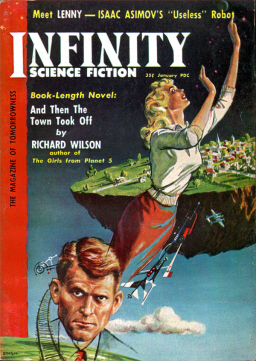
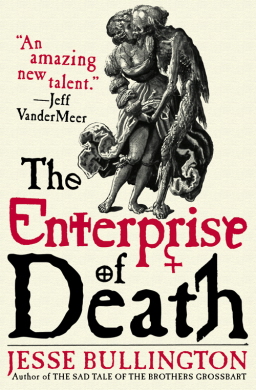
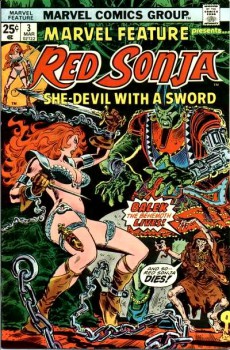
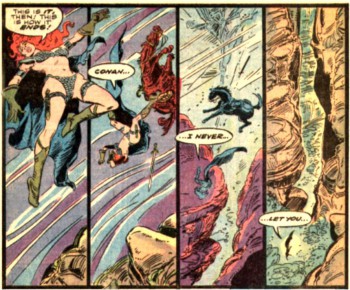
 Over the last few years, I’ve been a big fan of Disney/Pixar films, but not so much of the films put out by Disney itself. While I enjoyed Tangled well enough, when compared to the Toy Story franchise or Wall-E, the more mainstream Disney movies just don’t have the same emotional impact.
Over the last few years, I’ve been a big fan of Disney/Pixar films, but not so much of the films put out by Disney itself. While I enjoyed Tangled well enough, when compared to the Toy Story franchise or Wall-E, the more mainstream Disney movies just don’t have the same emotional impact. I don’t remember where I first came across Ursula Pflug’s name. I know I’d seen it mentioned in several places before I stumbled across a collection of her short stories, After the Fires, at a recent book sale. From what I’d heard, she was a Canadian writer of literary fantasy, which was enough for me to take a chance on the book. On the whole, I think that was a good call.
I don’t remember where I first came across Ursula Pflug’s name. I know I’d seen it mentioned in several places before I stumbled across a collection of her short stories, After the Fires, at a recent book sale. From what I’d heard, she was a Canadian writer of literary fantasy, which was enough for me to take a chance on the book. On the whole, I think that was a good call.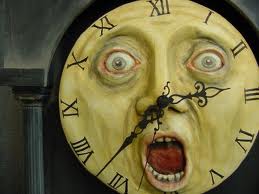 I’m busy.
I’m busy.
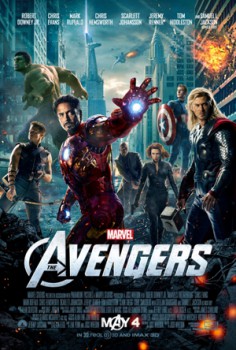 About a month ago, The Avengers
About a month ago, The Avengers 